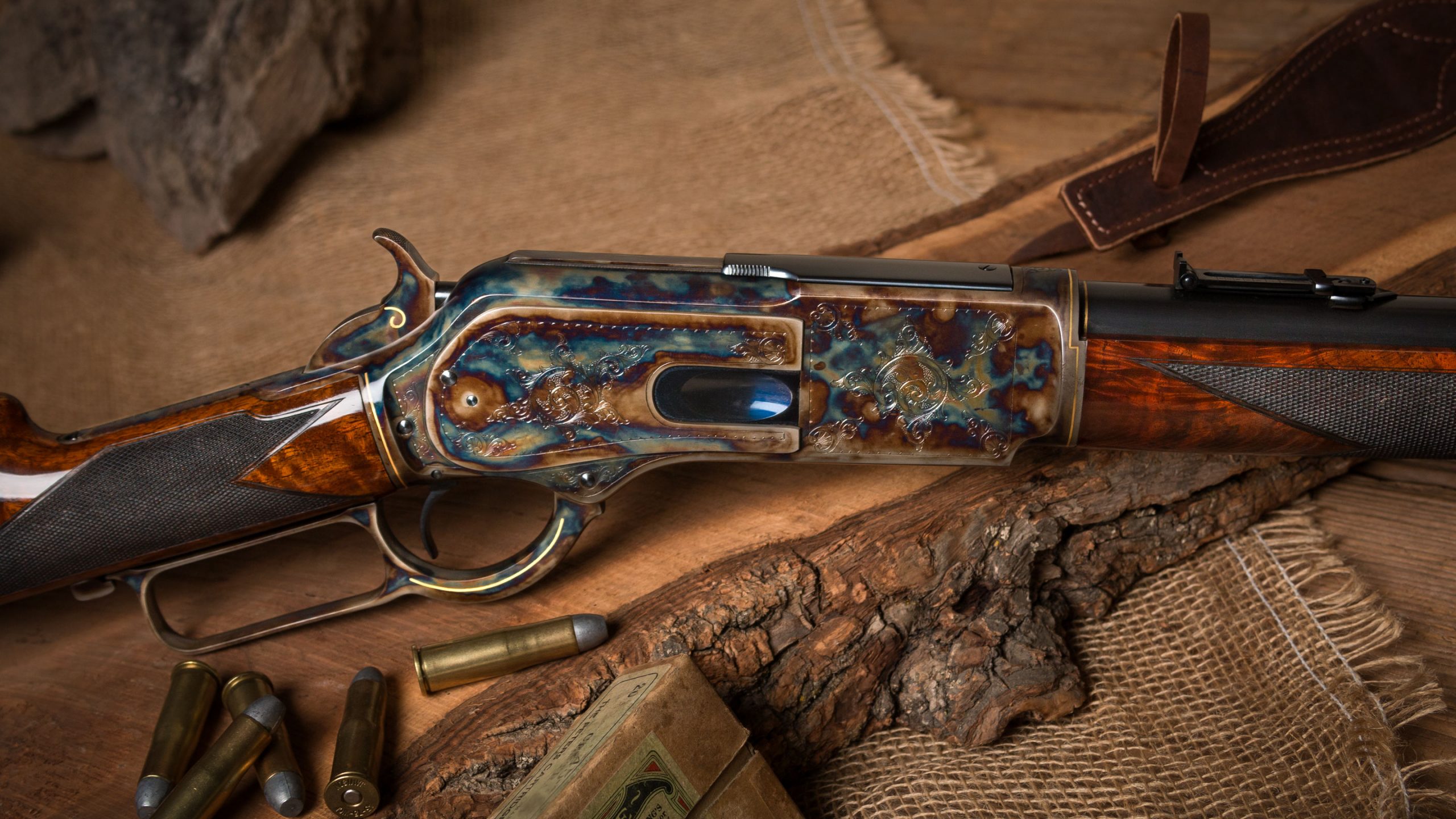
Mastering the Art: A Definitive Guide to Color Case Hardening Recipes
Color case hardening is more than just a metal finishing technique; it’s an art form. The mesmerizing swirls of color, the hardened surface, and the historical significance all contribute to its allure. If you’re seeking to unlock the secrets of crafting your own vibrant, durable finishes, you’ve come to the right place. This comprehensive guide will take you from the fundamentals to advanced techniques, providing you with the knowledge and understanding needed to create stunning color case hardened pieces. We delve into proven color case hardening recipes, exploring the nuances that separate a good result from a truly exceptional one. Our aim is to provide practical, actionable information, ensuring you achieve consistent, high-quality results.
Understanding the Essence of Color Case Hardening
At its core, color case hardening is a heat treatment process that infuses a steel surface with carbon and nitrogen, creating a thin, hard outer layer (the case) while retaining a softer, more ductile core. The ‘color’ aspect arises from the controlled oxidation of the steel surface during the heating and quenching phases. This oxidation forms various iron oxides, each producing a different color depending on temperature and the chemicals present. Therefore, a successful color case hardening recipe hinges on precise control of these factors.
The process isn’t just aesthetic; the hardened case provides significant wear resistance, making it ideal for parts subjected to friction and impact. Historically, color case hardening was crucial for firearm components, agricultural tools, and machinery parts. Today, it’s still valued for its functional benefits, but its visual appeal has elevated it to an art form, particularly in custom gunmaking and knife making.
The Chemical Dance: Key Ingredients in a Color Case Hardening Recipe
Several key ingredients contribute to the color case hardening process. These are generally divided into carburizing compounds and quenching agents:
- Carburizing Compounds: These materials, packed around the steel part, release carbon and nitrogen when heated. Traditional recipes often include bone char (burnt animal bones), leather scraps, wood charcoal, and potassium ferrocyanide. The exact proportions and types of materials used greatly influence the colors produced.
- Quenching Agents: The rapid cooling (quenching) of the heated steel is critical for hardening the case and setting the colors. Water, brine (saltwater), and oil are common quenching agents, each yielding different results. The temperature of the quenching agent and the speed of immersion also play a crucial role.
The Importance of Steel Selection
The type of steel used significantly impacts the final color and hardness. Low-carbon and mild steels are generally preferred because they readily absorb carbon during the carburizing process. Steels with high alloy content may not produce the desired colors or may require modified recipes. It’s generally understood through expert metallurgists that 1018 steel or similar low-carbon grades are the best candidates.
Exploring Potassium Ferrocyanide: A Key Component
Potassium ferrocyanide plays a crucial role in achieving vibrant colors during case hardening. As it decomposes under heat, it releases cyanide compounds that react with the steel surface, promoting the formation of complex iron oxides responsible for the characteristic blues, purples, and yellows. It’s important to understand the properties of this chemical to use it effectively and safely.
Potassium ferrocyanide (K4[Fe(CN)6]·3H2O) is a water-soluble salt. When heated in the presence of steel and other carburizing agents, it facilitates the diffusion of both carbon and nitrogen into the steel surface. The nitrogen contributes to the formation of a very hard surface layer, while the carbon increases the overall hardenability. The cyanide compounds also react with iron to form complex iron cyanide compounds, which contribute to the vibrant colors seen after quenching.
A Step-by-Step Guide to a Traditional Color Case Hardening Recipe
This recipe outlines a traditional approach to color case hardening. Safety is paramount. Always wear appropriate personal protective equipment (PPE), including gloves, eye protection, and a respirator, and work in a well-ventilated area.
- Preparation: Thoroughly clean and degrease the steel part to remove any oil, dirt, or contaminants. Any imperfections on the surface will be magnified by the process.
- Packing: In a heat-resistant container (typically a steel box), create a packing mixture consisting of the following (approximate ratios):
- 50% Bone Char
- 25% Leather Scraps (cut into small pieces)
- 20% Hardwood Charcoal (crushed)
- 5% Potassium Ferrocyanide
Mix these ingredients thoroughly.
- Arrangement: Place a layer of the packing mixture at the bottom of the container. Position the steel part on top of this layer, ensuring it doesn’t touch the sides of the container. Completely cover the part with the remaining packing mixture, ensuring it’s densely packed.
- Heating: Place the container in a furnace and heat it to a temperature between 1350°F (730°C) and 1450°F (790°C). The exact temperature depends on the steel type and the desired case depth. Hold the temperature for a sufficient time to allow carbon and nitrogen to diffuse into the steel surface. This can range from 1 to 4 hours, depending on the desired case depth.
- Quenching: Carefully remove the container from the furnace and immediately quench the steel part in the chosen quenching agent (water, brine, or oil). The speed and angle of immersion will affect the color patterns. For vibrant, mottled colors, a rapid quench in cold water is often preferred. Agitate the part during quenching to ensure uniform cooling.
- Cleaning: After quenching, remove the part from the quenching agent and thoroughly clean it to remove any remaining packing mixture and scale. A wire brush or abrasive blasting can be used for this purpose.
- Finishing: The final step involves applying a protective coating to prevent corrosion. A clear lacquer or wax is commonly used.
Safety Considerations When Using Potassium Ferrocyanide
Potassium ferrocyanide is a relatively stable compound, but it can release toxic hydrogen cyanide gas if heated to high temperatures in the presence of strong acids or if it decomposes. Always handle it with care and avoid inhaling the dust. Use appropriate ventilation and wear a respirator when handling the powder. Dispose of any waste materials properly, following local regulations.
Advanced Techniques for Achieving Specific Color Patterns
Achieving consistent and desirable color patterns in case hardening is often the result of experimentation and refinement. Several factors can be manipulated to influence the final appearance:
- Packing Density: Tightly packed mixtures tend to produce more uniform colors, while looser packing can result in more mottled patterns.
- Quenching Technique: The angle and speed of immersion during quenching can significantly affect the color patterns. Experiment with different techniques to achieve the desired effect. Some artisans use directed jets of water to create specific designs.
- Masking: Applying a resist (such as clay or high-temperature paint) to certain areas of the steel part before packing can prevent those areas from being case hardened, creating contrasting effects.
- Multiple Quenches: Some artisans perform multiple quenching cycles, using different quenching agents or temperatures, to achieve complex color combinations.
The Importance of Temperature Control and Monitoring
Precise temperature control is crucial for successful color case hardening. Using a calibrated furnace and accurate temperature monitoring equipment is essential. Pyrometers or thermocouples are commonly used to monitor the temperature inside the furnace and within the packing mixture. Maintaining a consistent temperature throughout the heating cycle ensures uniform case depth and color development.
Furthermore, the rate of heating and cooling can also affect the final results. A slow, gradual heating rate allows for more uniform carbon diffusion, while a rapid cooling rate promotes the formation of finer iron oxide crystals, which can enhance the colors. Expert metallurgists recommend a slow ramp-up and precise hold times.
Troubleshooting Common Problems in Color Case Hardening
Even with careful planning and execution, problems can arise during color case hardening. Here are some common issues and their potential solutions:
- Uneven Colors: This can be caused by uneven packing, inconsistent heating, or uneven quenching. Ensure the packing mixture is uniformly distributed around the part, the furnace temperature is consistent, and the quenching is performed quickly and evenly.
- Lack of Color: This can be due to insufficient carburizing, low furnace temperature, or using the wrong type of steel. Verify the packing mixture contains enough carburizing agents, the furnace temperature is within the recommended range, and the steel is a suitable grade for case hardening.
- Excessive Scale: This can be caused by excessive oxidation during heating. Ensure the packing mixture is tightly sealed to minimize air exposure. Consider adding a deoxidizing agent to the packing mixture.
- Cracking: This can be caused by rapid quenching or using a steel with high alloy content. Use a slower quenching agent (such as oil) or temper the steel after quenching to reduce stress.
Achieving Excellence: The Art of Color Case Hardening
Color case hardening is a fascinating blend of science and art. It requires a deep understanding of the underlying principles, careful attention to detail, and a willingness to experiment and refine your techniques. By mastering the fundamentals and exploring advanced techniques, you can create stunning, durable finishes that are both functional and aesthetically pleasing. The key is to prioritize safety, control the process variables, and continuously learn from your experiences. Share your knowledge with others, and together, we can preserve and advance this beautiful art form.
What to Know About Color Case Hardening
Color case hardening offers a unique combination of aesthetic appeal and functional benefits. The vibrant colors and hardened surface make it ideal for a wide range of applications, from firearms and knives to tools and decorative items. While the process requires careful attention to detail and a commitment to safety, the results can be truly rewarding. With practice and experimentation, you can master the art of color case hardening and create stunning, durable finishes that will be admired for generations to come. Start your journey today and unlock the secrets of this captivating art form.

